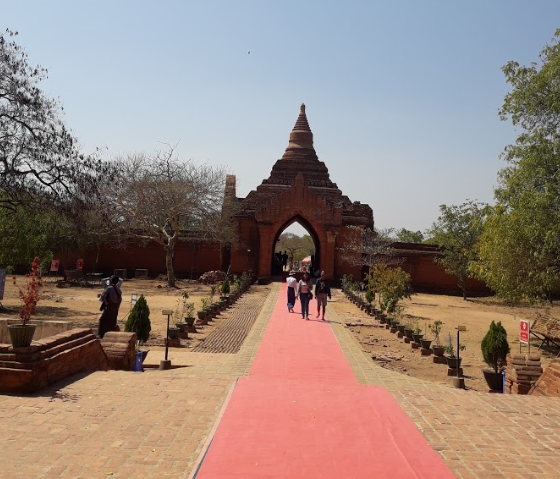Khao Yai National Park became Thailand's first national park in 1962 and UNESCO World Heritage Site in 2005. It is around 2 and half hour drive from Bangkok and makes an ideal weekend getaways from the busy life of Bangkok.
There is no shortage of hotels in this area which suit to everyone's budget. We went during the covid time so there were very few people visiting the area.
entrance to park
cars line up to buy entrance ticket
Entrance ticket needs to be bought by everyone. For local Thais the amount is very reasonable.
entrance ticket
The Shrine of Palad-Jang:
On side of the entrance to park is a shrine guarded by plenty of stone animals, elephants, zebra, hens macaques... probably symbolizing animals inside the national park.
It is customary not only in Thailand but in almost all places in South-east Asia to pay homage to deity before embarking on journey specially up the hills or near a country border.
It is said the deity protects you from all dangers. Built in 1962, this temple is visited by all Thais to pay homage and seek their blessings.
You cannot not stop yourself from looking to the right side as soon as you enter the national park.
Chao Por Khao Yai came from China as an immigrant to Cha-am, a district in the southern part of western Thailand. He had a very good knowledge about traditional medicine, known as the medicine man, he gradually over a period of time was elevated to the status of spiritual father.
People stop, make offerings, pray for the wishes to come to fulfilment and proceed.
on the side of temple
The collection of animals probably symolize the animals inside the national park, though I doubt if one can get to see zebras there :)
garlands on trunks
garland on tusksInside the shrine, Chao Por Khao
The image of Chao Por Khao is flanked by two golden lion statues. Below, on the sides are two golden and green colored dragons. Dragon, a mythical animal is a symbol of power and grandeur.
more animals, this time, small ones on side
a small shrine in a corner
animals under a tree
After paying visit to the shrine, we proceed to drive up the mountains.
Driving further up the mountains, surrounded by thick vegetation.A stone tablet on side of the road catches our attention
The park was made an ASEAN Hertitage Park in 1984 and in 2005, with other parks around Dong phaya Yen mountains, it was proclaimed a UNESCO World Heritage Site under the name " Dong Phaya Yen-Khao Yai Forest Compex"
Sai Sorn reservoir
a male sambhar deer by the side of reservoir
sambhar deer in close up
a female sambhar deer or Indian munjtac? Could not clearly see from road.Tourist information center
After a short break here, stretching our legs, we proceed to Haew Suwat waterfall.




















































































